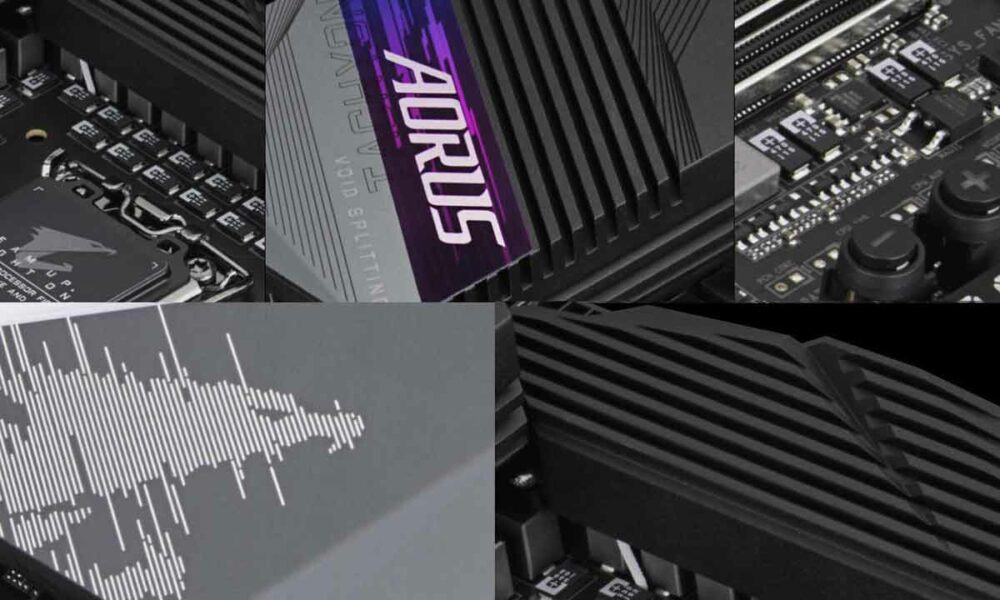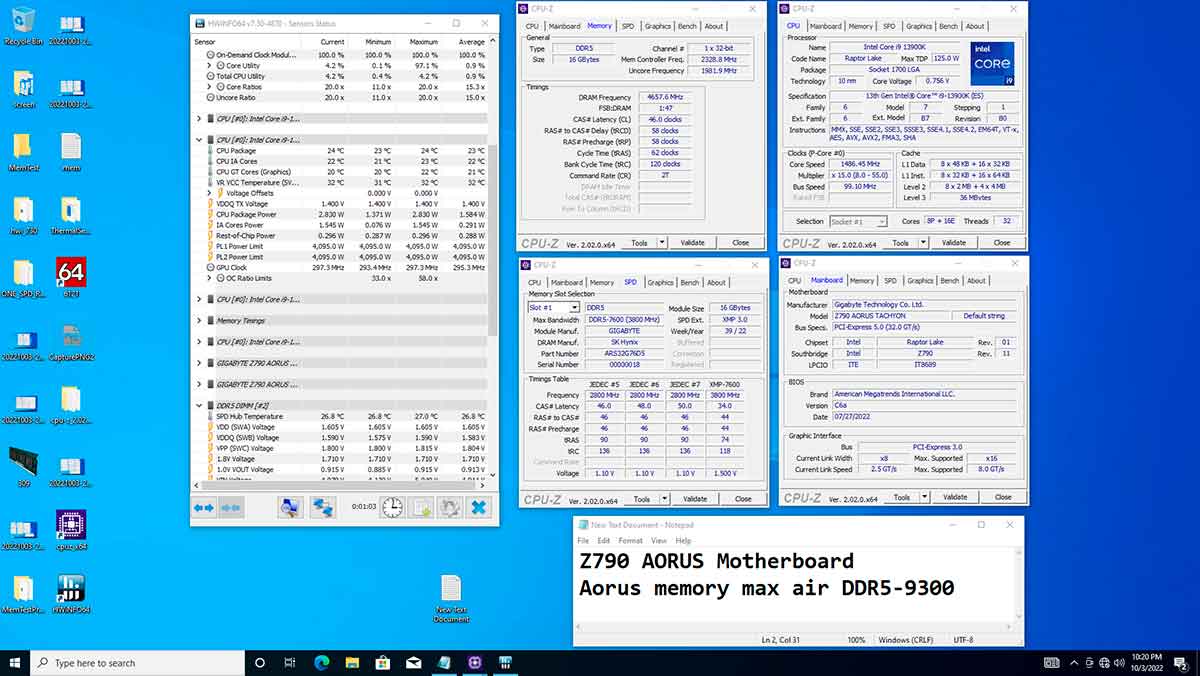
Just a few days ago we told you that GIGABYTE had managed to break the world record for overclocking, carrying an Intel Core i9-13900K mounted on a GIGABYTE Z790 AORUS TACHON up to 56,783 points in CINEBENCH R23 in multicore mode. A more than remarkable mark because, unlike other tests that rely exclusively on Raptor Cove cores (those of performance in Raptor Lake), it used all the cores of the chip, also the Gracemont ones. We will still have to wait a bit to confirm it, but it is possible that we are facing the absolute record of this generation in multicore mode.
And now, when we are still finishing assimilating this world brand, we find another milestone that is also more than remarkable and, what is more interesting, it is closer to what users of extreme performance systems can aspire to. , but without a complete laboratory at home to reach a certain speed for a few seconds. In this case, as you may have deduced from the title of this news, We talk about RAM memory using XMP profiles.
Again based on a GIGABYTE Z790 AORUS TACHYON, the top of the range motherboard for overclockers, and thanks to the use of XMP profiles, has pushed memory performance to DDR5-8333 and DDR5-9300 OC, using air cooling, not liquid or even less based on liquid nitrogen, as we usually see in the performance records of other components. Climbing up to 9,300 megahertz is, without a doubt, a spectacular milestone, and more so in those conditions.
Also, knowing that the record has been reached using XMP profiles It is a guarantee for usersand it is that we must remember that this standard, defined by Intel, allows us to scale memory performance using previously validated profiles and that, therefore, provide us with great security that the component will not be damaged, and that the system operation will not be compromised.
This has been possible because, as I mentioned before, we are talking about a motherboard designed by and for overclockers and that, consequently, provides extremely precise control over its performance settings, in addition to integrating all the necessary elements to make it possible to speed up to the last blade of the components mounted on it. As a foundation, it provides comprehensive power management through its advanced direct VRM power design, and features a specifically designed BIOS to make available to the user all those adjustments that he wants to carry out.
It also has a full coverage MOS area thermal design, which substantially improves heat dissipation. Moreover, the motherboard’s built-in overclocking kit design provides hotkeys, toggle switches, and voltage detection functions. As I said before, absolute control.
More information




